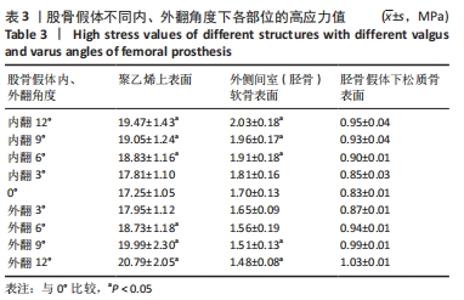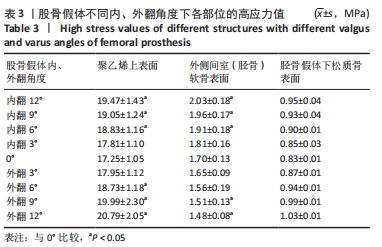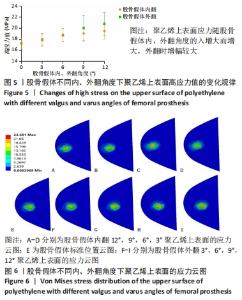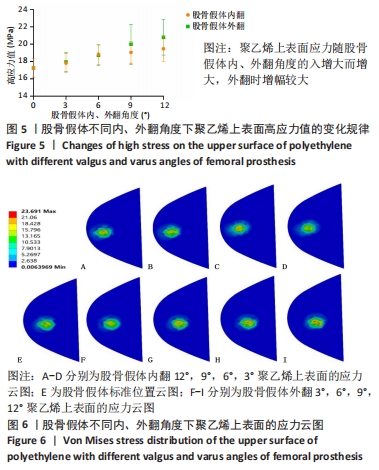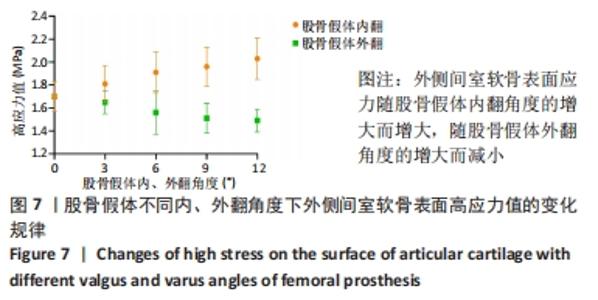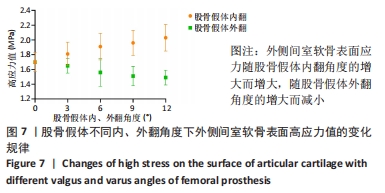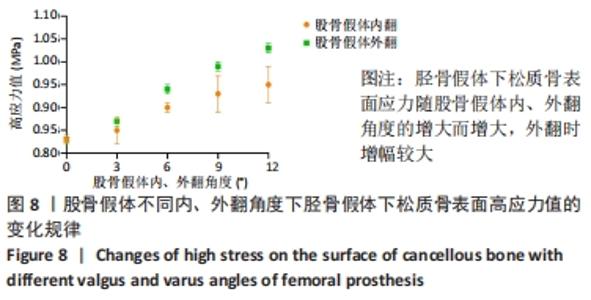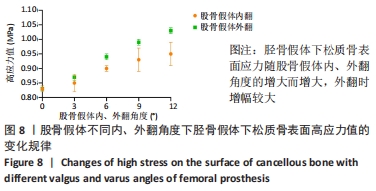[1] CISTERNAS MG, MURPHY L, SACKS JJ, et al. Alternative Methods for Defining Osteoarthritis and the Impact on Estimating Prevalence in a US Population-Based Survey. Arthritis Care Res (Hoboken). 2016;68(5): 574-580.
[2] SHARMA L. Osteoarthritis of the Knee. N Engl J Med. 2021;384(1):51-59.
[3] HUNTER DJ, BIERMA-ZEINSTRA S. Osteoarthritis. Lancet. 2019;393(10182): 1745-1759.
[4] HANSEN EN, ONG KL, LAU E, et al. Unicondylar Knee Arthroplasty Has Fewer Complications but Higher Revision Rates Than Total Knee Arthroplasty in a Study of Large United States Databases. J Arthroplasty. 2019;34(8):1617-1625.
[5] 边焱焱,程开源,常晓,等.2011至2019年中国人工髋膝关节置换手术量的初步统计与分析[J].中华骨科杂志,2020,40(21):1453-1460.
[6] CRAWFORD DA, BEREND KR, THIENPONT E. Unicompartmental Knee Arthroplasty: US and Global Perspectives. Orthop Clin North Am. 2020; 51(2):147-159.
[7] CHEN L, LIANG W, ZHANG X, et al. Indications, outcomes, and complications of unicompartmental knee arthroplasty. Front Biosci (Landmark Ed). 2015;20:689-704.
[8] SCOTT CE, WADE FA, BHATTACHARYA R, et al. Changes in Bone Density in Metal-Backed and All-Polyethylene Medial Unicompartmental Knee Arthroplasty. J Arthroplasty. 2016;31(3):702-709.
[9] KANG KT, SON J, BAEK C, et al. Femoral component alignment in unicompartmental knee arthroplasty leads to biomechanical change in contact stress and collateral ligament force in knee joint. Arch Orthop Trauma Surg. 2018;138(4):563-572.
[10] 熊华章,曾羿,斯海波,等.膝内侧间室骨关节炎单髁置换术有限元分析研究进展[J].中国修复重建外科杂志,2021,35(6):781-785.
[11] JOHAL S, NAKANO N, BAXTER M, et al. Unicompartmental Knee Arthroplasty: The Past, Current Controversies, and Future Perspectives. J Knee Surg. 2018;31(10):992-998.
[12] INNOCENTI B, PIANIGIANI S, RAMUNDO G, et al. Biomechanical Effects of Different Varus and Valgus Alignments in Medial Unicompartmental Knee Arthroplasty. J Arthroplasty. 2016;31(12):2685-2691.
[13] KANG KT, PARK JH, KOH YG, et al. Biomechanical effects of posterior tibial slope on unicompartmental knee arthroplasty using finite element analysis. Biomed Mater Eng. 2019;30(2):133-144.
[14] PARK KK, KOH YG, PARK KM, et al. Biomechanical effect with respect to the sagittal positioning of the femoral component in unicompartmental knee arthroplasty. Biomed Mater Eng. 2019;30(2):171-182.
[15] KANG KT, SON J, KWON SK, et al. Preservation of femoral and tibial coronal alignment to improve biomechanical effects of medial unicompartment knee arthroplasty: Computational study. Biomed Mater Eng. 2018;29(5):651-664.
[16] 范熹微,聂涌,吴元刚,等.膝关节内侧固定平台单髁假体放置位置优化的有限元分析[J].中华骨科杂志,2020,40(3):169-177.
[17] HOPKINS AR, NEW AM, RODRIGUEZ-Y-BAENA F, et al. Finite element analysis of unicompartmental knee arthroplasty. Med Eng Phys. 2010; 32(1):14-21.
[18] DAI X, FANG J, JIANG L, et al. How does the inclination of the tibial component matter? A three-dimensional finite element analysis of medial mobile-bearing unicompartmental arthroplasty. Knee. 2018; 25(3):434-444.
[19] 聂涌,胡钦胜,沈彬,等.膝关节单髁置换术后关节线位置对内外侧间室应力影响的生物力学研究[J].中华骨科杂志,2017,37(22): 1416-1423.
[20] 朱广铎,郭万首,程立明,等.活动平台单髁膝关节置换胫骨后倾的有限元分析[J].中国组织工程研究,2015,19(44):7156-7162.
[21] 李钟鑫,刘璐,高丽兰,等.人体全膝关节精细有限元模型建立及有效性验证[J].生物医学工程与临床,2020,24(5):501-507.
[22] Song Y, Debski RE, Musahl V, et al. A three-dimensional finite element model of the human anterior cruciate ligament: a computational analysis with experimental validation. J Biomech. 2004;37(3):383-390.
[23] INNOCENTI B, BILGEN ÖF, LABEY L, et al. Load sharing and ligament strains in balanced, overstuffed and understuffed UKA. A validated finite element analysis. J Arthroplasty. 2014;29(7):1491-1498.
[24] Karamitev SS, Stavrev VP, Chifligarov AG. Comparative analysis of the results obtained after unicondylar knee arthroplasty and high tibial osteotomy in isolated gonarthrosis. Folia Med (Plovdiv). 2014;56(1):11-19.
[25] ZUIDERBAAN HA, VAN DER LIST JP, KHAMAISY S, et al. Unicompartmental knee arthroplasty versus total knee arthroplasty: Which type of artificial joint do patients forget?. Knee Surg Sports Traumatol Arthrosc. 2017;25(3):681-686.
[26] THIENPONT E. Conversion of a unicompartmental knee arthroplasty to a total knee arthroplasty. Bone Joint J. 2017;99-B:65-69.
[27] PARK DY, MIN BH, KIM DW, et al. Polyethylene wear particles play a role in development of osteoarthritis via detrimental effects on cartilage, meniscus, and synovium. Osteoarthritis Cartilage. 2013;21(12):2021-2029.
[28] CHUN YM, KIM SJ, KIM HS. Evaluation of the mechanical properties of posterolateral structures and supporting posterolateral instability of the knee. J Orthop Res. 2008;26(10):1371-1376.
[29] SEKIGUCHI K, NAKAMURA S, KURIYAMA S, et al. Effect of tibial component alignment on knee kinematics and ligament tension in medial unicompartmental knee arthroplasty. Bone Joint Res. 2019; 8(3):126-135.
[30] GULATI A, CHAU R, SIMPSON DJ, et al. Influence of component alignment on outcome for unicompartmental knee replacement. Knee. 2009;16(3):196-199.
[31] 韦荣斌,王小清,邹宪武,等.聚乙烯的杨氏模量及力常数的计算[J].武汉大学学报(理学版),2004,50(5):551-554.
[32] 马新硕,姚杰,王慧枝,等.单髁膝关节置换胫骨元件不同固定柱形状的有限元分析[J].医用生物力学,2019,34(2):186-192.
[33] THOMPSON JA, HAST MW, GRANGER JF, et al. Biomechanical effects of total knee arthroplasty component malrotation: a computational simulation. J Orthop Res. 2011;29(7):969-975.
|
